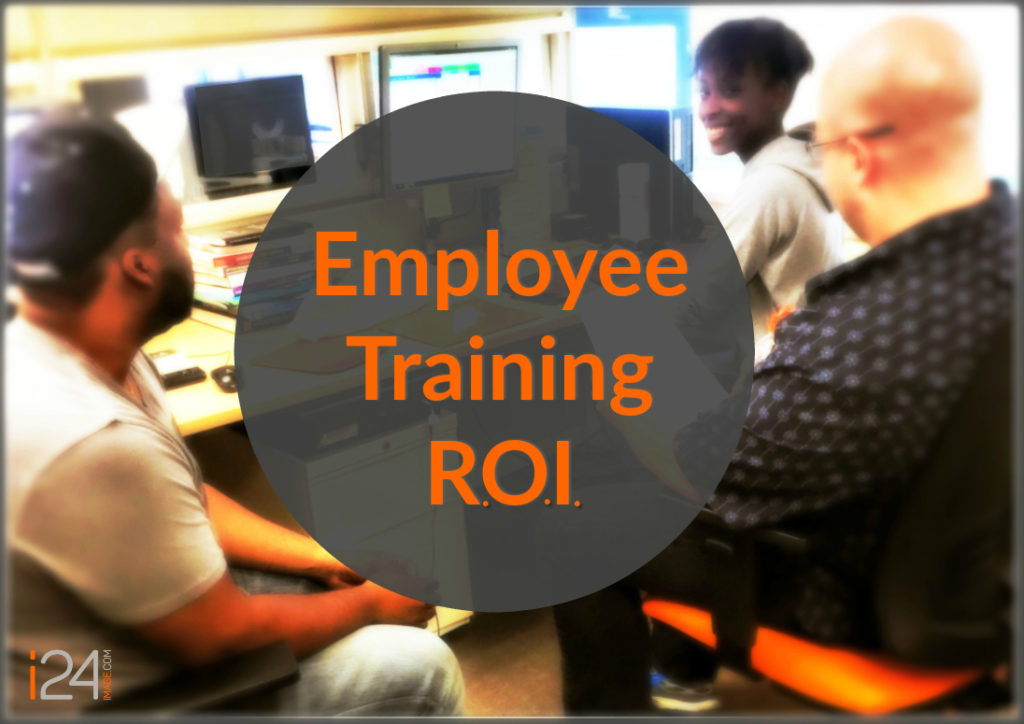
Ongoing Employee Training gives you the best Return on Investment
I remember my first introduction to an employee training program. It was a few pages stapled to a mimeographed cover: “Welcome to ACME’s Company Rules and Policies”.
I always worked in the service industry where the entry bar was so low it would challenge the most experienced limbo dancers.
But even the service industry had to change, especially after the economic collapse in 2008.
Customer-facing employees were usually the first cut. This meant the lucky few who remained had to pick up the slack.
The need to provide their standard of service with reduced resources put a lot of stress on the employees and fissures started to appear in the foundation.
Nothing motivates a business owner more than eminent bankruptcy so employee training and company culture became a priority.
Gone were the days when you hired anyone with a heartbeat.
Quality trumps quantity. Employee turnover is expensive.
“An organization’s ability to learn, and translate that learning into action rapidly is the ultimate competitive advantage.” — Jack Welch, former General Electric CEO
The times, they did a change…
Our culture changed with the introduction of the internet, the web and social media. Businesses need to be sensitive to the fact there are no walls to hide behind anymore.
Customers now have a window into the workplace. And they have a megaphone, cameras, blog posts and review sites to amplify their view.
The importance of being customer focused has never been more urgent.
As with employees, replacing lost clients costs a lot more than retaining them.
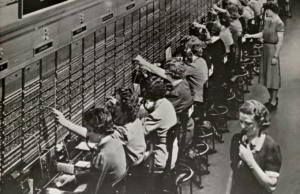
i24 Call Management Solutions is a forty-year-old company that exists in a conservative industry.
Like many in the service industry, employees entered as recruits and left as trained employees through a revolving door.
“Prior to five years ago, we did not have an established mission statement or core values. The difference five years later is like night and day.” ~ Gary Blair, President i24 Call Management Solutions
Being a B2B company, Gary Blair saw the writing on the wall and decided to pay more than lip service to employee training.
A stapled employee handbook and office tour weren’t going to cut it anymore.
[clickToTweet tweet=”The only thing worse than training your employees and having them leave is not training them and having them stay.” quote=”The only thing worse than training your employees and having them leave is not training them and having them stay.”]
Raising employee’s goals raises satisfaction and revenues.
As a third generation owner, the call management business is in Gary Blair’s blood.
He sensed years ago that the industry was changing dramatically. Communications technology and business models were evolving at a breakneck speed.
In spite of being in a conservative industry, Gary started pushing the envelope by building a progressive company culture on the foundation laid down by his Grandmother. To do this, he brought management into the 21st century by upgrading his IT, building a company culture from his own values, and launching an ongoing employee training program.
Over the past five years, i24 has seen a marked increase in revenue that Gary attributes to client retention and referrals.
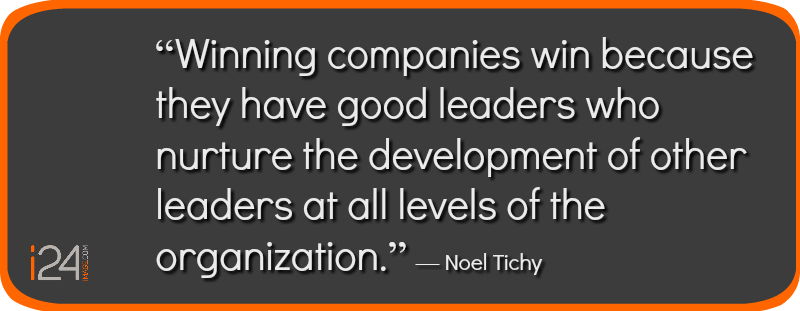
Employee Training – Coal in, diamonds out.
When you put together a training program, you are feeding new employees your raw resources. You then want them to process and refine these resources into super high-grade service.
I asked Sabrina Perron, Chief Problem Resolver and Christian Roy, Trainer & Quality Control Specialist to share their insight and experience into i24’s training process.
President, Gary Blair and Vice President, Lynda Caine also add their views to the conversation.
Q – Do you individualise your approach in respect to their personality/level of shyness/openness?

Sabrina Perron – CPR – Chief Problem Solver
Our training is ongoing. We teach the skills they need to perform the complex tasks necessary, but we also reinforce our company culture.
This way they feel part of the team and buy into our company values.
As each person is an individual, we start our process off by assessing their personality. This tells us how they best learn and how to customise our interaction with them. For example, shy employees need extra coaching to build their self-confidence. We want our clients to feel they are in confident hands when they call for assistance.
Christian Roy –  Trainer & Quality Control Specialist
Trainer & Quality Control Specialist
I maintain a high level of observational awareness during the initial days. I want to track their attentiveness and interest.
Are they bored or seem to have difficulty in understanding certain concepts?
Do they seem overwhelmed or unable to grasp the information given? It also helps to train in pairs. It helps relax them if they don’t feel “on the spot”. Having someone else sharing the same experience also leads to a healthy rivalry. Keeping things human is important also.
A sense of humour and a show of empathy creates an emotional connection that breaks down any walls.
Q – How much does “company culture” get worked into the training?
 A LOT!
A LOT!
It’s one thing to give out a handbook containing our mission, values and policies. But it’s also important to show our new team members that the company also walks the talk when it comes to our values.
One such value is the importance we place on giving back to the community.
We actively support organisations such as The Montreal SPCA, The Art For Healing Foundation, Dans la Rue, ACCM and others.
 Gary Blair – President, CEO – Chief Engagement Officer
Gary Blair – President, CEO – Chief Engagement Officer
We use our core values to develop our culture.
These shared values are our north star that guides us as we navigate choppy interpersonal and client rapids.
New employees are expected to join the rest of our stakeholders in buying into our shared company values. By doing so, we speak with a single voice to our employees and clients alike.
 Lynda Caine – Vice President, Chief Values Officer
Lynda Caine – Vice President, Chief Values Officer
We emphasise our business culture in the first three days of training.
It is the touchstone used when discussing the employee handbook and employee assistance programs.
Training is ongoing – even with our more experienced agents. We consider what is good for the client and our agents at every step of the process.
Q – What kind of training do new employees respond the best too?
 This depends on each individual.
This depends on each individual.
Some will understand better by doing, some by listening, some by reading, and some by watching how it’s done. So, we mix it up.
I24 is an industry leader in video training. We provide quality videos that feature clear audiovisuals.
As Christian said, humour is a great learning aid. So we try to make our training videos “edutaining”.
New employees receive ongoing testing to ensure quality. It also gives them a chance to connect with the rest of the team. They are also given access to our easier accounts.
This helps them know our clients and their requirements. Once our team of supervisors ensure the new agents pass these series of tests, they are moved up to more advanced client levels.

The way your employees feel is the way your customers will feel. And if your employees don’t feel valued, neither will your customers. — Sybil F. Stershic
Gary Blair understood he needed to improve the quality of his staff to improve the quality and retention of his clients.
He provided a personalised and ongoing employee training program. He embedded his company’s core values in everything i24 touched.
The result was a company culture and service quality that raises i24 above his competition. His return on this investment bears this out.
At a time when business is increasingly personal (including B2B), the company’s personality is what sets it apart.
Along with transferring skills, onboarding your new employee into your company culture is a critical part of your employee training.



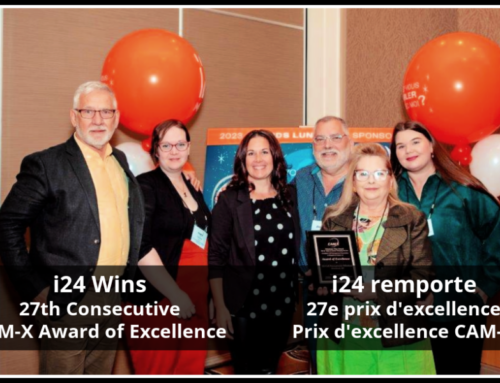

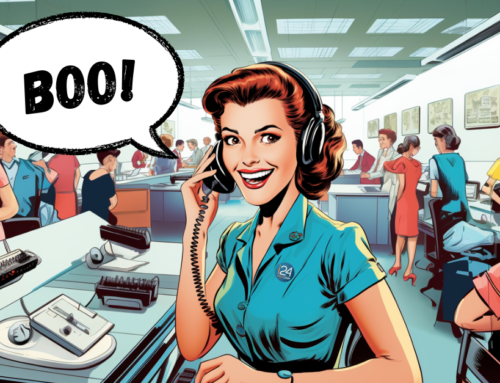





[…] invested a lot in their training. (Ongoing Employee Training gives you the best Return on […]